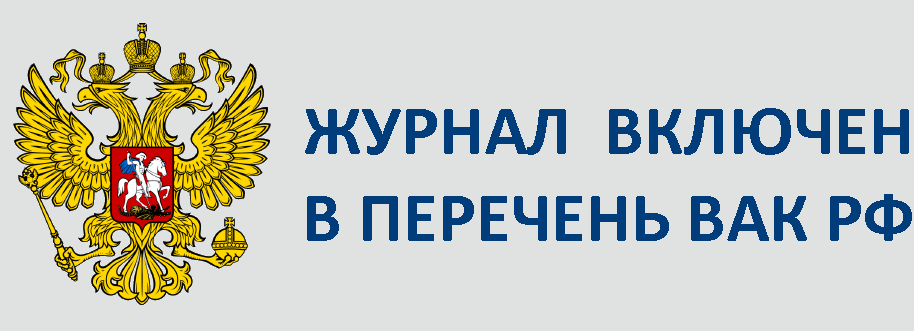№4-2023-05
DOI: https://doi.org/10.22281/2413-9920-2023-09-04-333-343
УДК 62-752.2
Корытов М.С., Безродина А.Е.
Математическая модель стеллажного крана-штабелера с поворотной стрелой
Широкое использование стеллажных кранов-штабелеров обусловлено распространением автоматизированных складов. Снижение затрат энергии при использовании кранов-штабелеров является одним из основных направлений их совершенствования. Разработка математических имитационных моделей кранов-штабелеров позволяет определять затраты энергии на перемещения грузов на этапе проектирования и проведения научных исследований. Для новой конструкции стеллажного крана-штабелера, имеющего поворотную стрелу с перемещающейся по ней в радиальном направлении грузовой кареткой, была разработана математическая модель в виде системы дифференциальных уравнений Лагранжа второго порядка. Система дифференциальных уравнений учитывала потери энергии по модели вязкого трения в подвижных звеньях стрелы и грузовой каретки крана. Для этого при выводе дифференциальных уравнений использовалась функция Релея, а также аналитические выражения потенциальной и кинетической энергий подвижных звеньев крана, которые были продифференцированы. При помощи типовых блоков сис-темы имитационного моделирования SimInTech, полученная система дифференциальных уравнений была реализована в виде блочной диаграммы. Ис-пользование блоков пропорционально-интегрально-дифференцирующих регуляторов в имитационной модели позволило реализовать принцип отработки заданной траектории перемещения звеньев крана, а численное интегрирование текущих мощностей приводов стрелы и каретки, позволило определить накопленный суммарный расход энергии приводов на заданном перемещении. Текущие значения мощностей приводов определялись как произведения моментов и сил приводов на скорости соответствующих звеньев стрелы и каретки. В качестве примера, при запуске имитационной модели получены временные зависимости координат стрелы и грузовой каретки крана, а также моментов и сил приводов, мощностей и работ при перемещении из точки с нулевыми координатами в точку с заданными координатами и обратно. Разработанная имитационная математическая модель предназначена для определения затрат энергии в приводах крана новой конструкции с поворотной стрелой при заданных перемещениях звеньев, а также, в перспективе, для проверки алгоритмов управления.
Ключевые слова: кран-штабелер, поворотная стрела, стеллажный, энергия, диссипация.
Korytov M.S., Bezrodina A.E.
Mathematical model of a stacker crane with a slewing boom
The widespread use of racking stacker cranes is due to the spread of automated warehouses. Reduction of energy costs when using stacker cranes is one of the main directions of their improvement. The development of mathematical simulation models of stacker cranes allows to determine the energy costs of cargo movement at the stage of design and research. For a new design of the racking crane-stacker, having a rotary boom with a cargo carriage moving along it in the radial direction, a mathematical model in the form of a system of Lagrange differential equations of the second order has been developed. The system of differential equations took into account the energy losses according to the model of viscous friction in the moving links of the boom and the load carriage of the crane. For this purpose, when deriving the differential equations, the Rayleigh function was used, as well as analytical expressions of the potential and kinetic energies of the moving links of the crane, which were differentiated. With the help of typical blocks of the Russian simulation modeling system SimInTech, the obtained system of differential equations was realized in the form of a block diagram. The use of blocks of proportional-integral-differentiating regulators in the simulation model allowed to realize the principle of working out the given trajectory of movement of the crane links, and the numerical integration of the current powers of the boom and carriage drives allowed to determine the accumulated total energy consumption of the drives at a given displacement. The current values of drive powers were determined as products of moments and forces of drives on the speeds of the corresponding links of the boom and carriage. As an example, when running the simulation model, the time dependences of the coordinates of the boom and load carriage of the crane, as well as the moments and forces of the drives, power and work during the movement from a point with zero coordinates to a point with specified coordinates and back. The developed simulation mathematical model is intended to determine the energy costs in the drives of a new design crane with a rotating boom at given displacements of links, as well as, in the future, to verify the control algorithms.
Key words: stacker crane, rotary boom, racking, energy, dissipation.
Скачать статью (файл pdf) — Download (pdf)

Это произведение доступно по лицензии Creative Commons «Attribution-ShareAlike» («Атрибуция — На тех же условиях») 4.0 Всемирная.




























